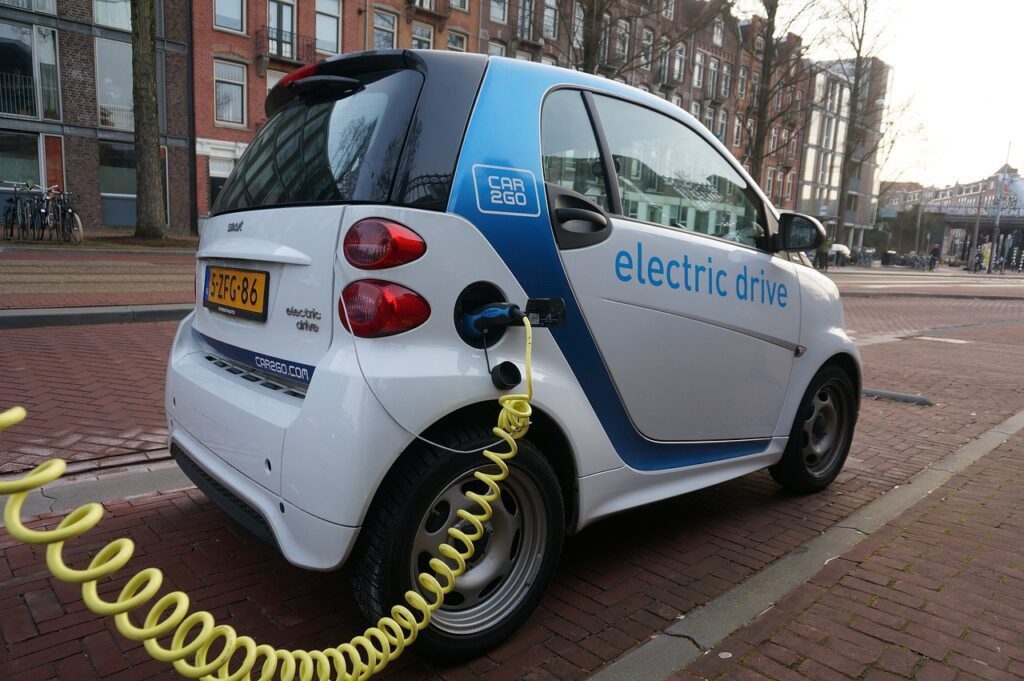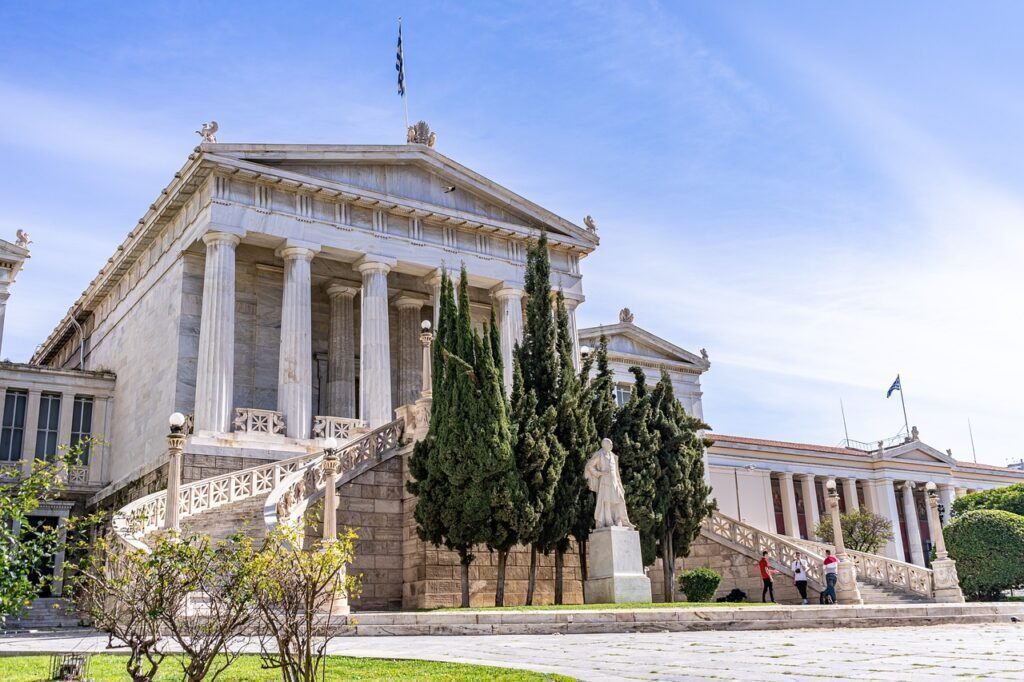In 2025, more than 100 million people around the world are forcibly displaced, including over 40 million school-aged children. Many of them have lost access to consistent education due to war, political instability, or natural disasters intensified by climate change. Traditional schooling models can’t keep up—but a powerful solution is emerging quietly, yet profoundly: EdTech for refugees.
Across refugee camps, urban shelters, and even conflict zones, mobile-first learning platforms are delivering education across languages, borders, and connectivity barriers. These tools—ranging from offline apps to SMS-based quizzes and solar-powered tablets—are not only helping displaced learners catch up but empowering them to dream again.
This article dives into how EdTech is transforming refugee education, the tools making it possible, real-world case studies, challenges, and why mobile learning may be the single most scalable solution to the world’s refugee education crisis.
The Global Refugee Education Crisis: A Snapshot
According to the UNHCR (2024):
- Over 50% of refugee children do not attend school
- Just 34% of refugee adolescents go to secondary school
- Less than 6% of refugee youth enroll in tertiary education
- Girls, especially in conflict zones, are 2x more likely to drop out early
Barriers include:
- Lack of formal schools or safe classrooms
- Shortages of certified teachers
- Language differences
- No access to textbooks or internet
- Constant displacement interrupting learning cycles
And yet, 85% of refugee households globally own a mobile phone, and most have access to basic cellular data—even in camps. This is where mobile-first EdTech finds its footing.
What Makes Mobile Learning Ideal for Refugees?
✅ Portability: Learning continues wherever they move—across camps, cities, or countries
✅ Offline Access: Many platforms work fully or partially without internet
✅ Multilingual Support: Language flexibility for diverse learners
✅ Self-paced Learning: Crucial for students who’ve missed months or years of schooling
✅ Microlearning Modules: Ideal for learners facing stress, trauma, or inconsistent power/data
✅ Solar-Compatible Hardware: Many devices are solar-powered or low-energy
Top EdTech Tools Empowering Refugee Students in 2025
📱 Rumie Learn (rumie.org)
- Delivers bite-sized lessons via mobile, even offline
- Covers literacy, numeracy, digital skills, health, and life skills
- Used in Syrian and Afghan refugee camps
💬 Kolibri by Learning Equality (learningequality.org)
- Offline-first LMS built for low-resource environments
- Runs on Raspberry Pi, Android, or old laptops
- Used in Rohingya refugee camps in Bangladesh
📚 Can’t Wait to Learn (warchildholland.org)
- Tablet-based learning with game-based math and reading
- Designed for conflict zones; scalable and field-tested
- Operates in Sudan, Lebanon, and Ukraine refugee zones
🧠 UNICEF Learning Passport (learningpassport.org)
- Built with Microsoft, it offers localized, digitized curriculum content
- Works offline and supports formal certification
- Active in Nigeria, Jordan, and Ukraine
🗣️ Khoot by Kiron (kiron.ngo)
- Focuses on higher education for refugee youth
- Offers free online university courses, skill programs, and job prep
- Available in Arabic, English, and Farsi
Real Impact: Case Studies from the Field
🇱🇧 Lebanon: Syrian Refugees Learning on Tablets
With support from the International Rescue Committee and War Child, children in informal tented settlements are using solar tablets with Arabic-language math apps.
Result: Literacy scores improved by 46% over six months, with girls performing on par with boys.
🇰🇪 Kakuma Refugee Camp, Kenya
Kolibri-powered learning centers are helping students from Somalia, South Sudan, and DRC continue learning even without internet. Local volunteers act as facilitators.
Result: Students taking self-paced classes show faster recovery from missed years of education than those in static classrooms.
🇧🇩 Cox’s Bazar, Bangladesh
The Rohingya refugee crisis left hundreds of thousands without formal schools. UNICEF’s Learning Passport, combined with Kolibri’s offline libraries, is now being deployed with multilingual, culturally relevant content.
Result: Over 40,000 learners have resumed studies since 2023.
How Refugee Students Are Using EdTech
“I was out of school for 2 years. Then we got tablets with Kolibri. Now I want to become a teacher myself.”
— Yasmin, 14, Rohingya student in Bangladesh
“My daughter learns English from an app, even when we have no school. She wants to go back and help her country one day.”
— Fatima, Syrian mother in Lebanon
“I taught myself computer basics on a solar laptop. Now I teach other kids in the camp.”
— Bashir, 17, South Sudanese refugee in Kenya
Benefits Beyond Academics
Smart EdTech tools for refugees go beyond school subjects:
✅ Mental Health Support: Gamified platforms ease trauma through structured learning
✅ Social-Emotional Learning (SEL): Modules on empathy, cooperation, and emotional literacy
✅ Life Skills: Vocational training, financial literacy, and civic education
✅ Language & Integration: Tools for learning the host country’s language or laws
✅ Teacher Training: Tools like Teachers for Teachers offer remote, AI-supported training for volunteer educators in camps
Challenges That Remain
Despite progress, refugee EdTech faces critical hurdles:
🚫 Device Access: Many still lack personal tablets or smartphones
🚫 Data Costs: Even with Wi-Fi hotspots, mobile data is costly or capped
🚫 Language & Localization: Not all platforms support minority languages or dialects
🚫 Certification Gaps: Some programs don’t issue recognized certificates
🚫 Digital Safety: Young learners are vulnerable to privacy breaches, content risks, or manipulation
Solutions emerging in 2025 include:
- Device-sharing networks within camps
- Zero-rating partnerships with mobile carriers
- Blockchain-backed credentials for portability
- AI moderation tools to ensure content safety
The Role of Governments and NGOs
International support is growing for scalable digital education in emergencies. Examples:
- UNESCO’s Global Education Coalition: Helps countries adopt digital curricula
- Education Cannot Wait (ECW): Funds mobile learning pilots in conflict zones
- Digital Public Goods Alliance: Curates free, open-source educational content for crisis response
Many governments are also collaborating with local startups to customize solutions in native languages and rural dialects.
What the Future Holds
By 2030, experts expect:
- Universal mobile learning passports with AI-powered transcripts and skills history
- Wearable EdTech (e.g., audio-learning wristbands) for children with disabilities
- AI-driven refugee teacher bots providing localized tutoring 24/7
- Community-led content creation via smartphones, turning learners into creators
- Global micro-scholarships and remote internships for refugee teens and young adults
Final Takeaway
EdTech isn’t a silver bullet—but for refugee students, it’s often the only bullet. When war, disaster, or migration strips away the school walls, mobile learning becomes a lifeline—not just to literacy, but to dignity, confidence, and hope.
The child in a tent with a tablet isn’t just learning—they’re rewriting the narrative of what’s possible when education crosses borders, powered by empathy, equity, and innovation.
Because every child, everywhere, deserves the future that only learning can bring.


